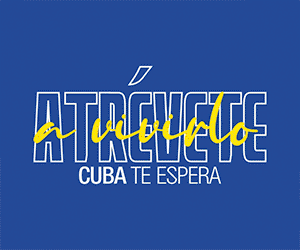A new treatment called cognitive functional therapy, or CFT, may provide long-lasting relief for people with chronic lower back pain, a condition that the Centers for Disease and Control and Prevention says affects one in five U.S. adults.
Cognitive functional therapy differs from standard physical therapy, according to the results from the RESTORE trial, published today in The Lancet Rheumatology. It helps people understand their pain, overcome fear of movement, and rebuild confidence through tailored physical activity and lifestyle coaching, according to the study.
Researchers at Macquarie University in Sydney, Australia, and Perth, Australia’s Curtin University followed over 300 adults with chronic lower back pain for three years across 20 physical therapy clinics in Australia. Study participants reported fewer pain symptoms at the end of the study after participating in just eight CFT sessions over six months, compared to those who used some other type of therapy to manage their back pain.
“Cognitive functional therapy is putting the patient in charge, addressing the person very holistically and looking at all the factors that are relevant,” said Dr. Mark Hancock, lead author of the study and professor of physiotherapy at Macquarie University.
Unlike many conventional treatments, CFT doesn’t focus on short-term symptom relief. Instead, it teaches patients to reframe how they think about pain, and to shift away from protective or fear-driven behaviors and build self-management skills that ideally last long after the sessions end.
“Pain patients often have kinesiophobia, where the thought of being in pain and the fear of what it might do to them results in them moving less. But a part of what makes back pain worse is that thought process, so I often tell my patients, ‘if you don’t use it, you’ll lose it,'” said Dr. Rohan Jotwani, an interventional pain specialist and anesthesiologist at Och Spine at New York-Presbyterian Hospital and Weill Cornell Medicine.
CFT doesn’t involve pills or surgery but can be used alongside other treatments, the study says. While it can be used on its own, it also complements other approaches by helping patients build the skills and confidence to stay active and engaged in daily life, Hancock explained.
“There’s something happening at a deeper level related to how patients appreciate and process their pain that’s changing, and those skills over time are helping patients feel better even when the therapy ends,” said Jotwani.
The treatment worked across a broad range of patients, according to the study, including participants that had been living with disabling back pain for years and many had tried multiple treatments without success. Even in this group, a relatively short course of CFT led to meaningful, lasting improvements.
The researchers said the key is not just what’s done during the sessions but the shift in the participant’s mindset that it creates, giving people tools to manage flare-ups, move with less fear and regain more control over their daily lives.
The researchers noted some limitations to their study, including that some of the participants dropped out before it was complete. Additionally, all of the subjects were Australian, so it’s unclear whether Americans would respond as positively to CFT.
Jotwani said he finds the results promising, especially for patients who haven’t found relief through conventional treatments.
“There’s not many things that we can say that gives patients three years of relief after an intervention … so these results are quite encouraging,” he said. (https://abcnews.go.com/Health/new-personalized-therapy-provide-long-term-relief-chronic/story?id=124346657)
Michelle Lee, MD, is a doctor in New York City and a member of the ABC News Medical Unit.



































